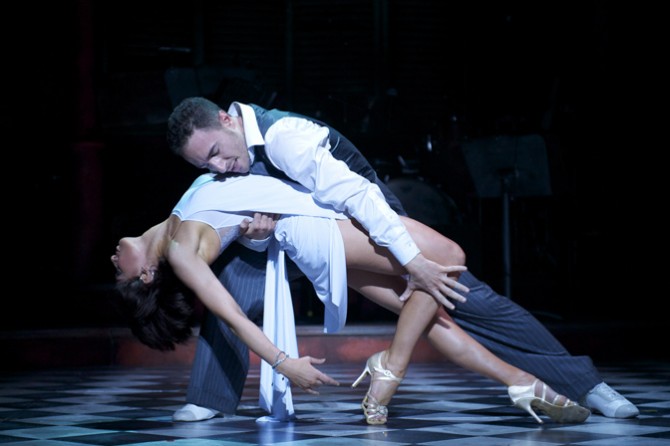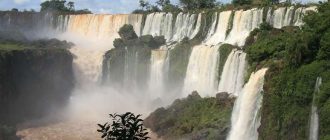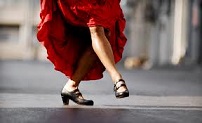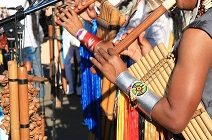The Music and Dance of Argentina are two national treasures. Read our guide for more facts & information…
The music and dance of Argentina are of a blend of European, African and native cultures and are unique in South America. While other areas of South America were colonized primarily by the Spanish and Portugese, Argentina had a fairly large immigrant population from Poland, Germany and Austria. Areas along Argentina’s borders with Uruguay and Brazil have Creole traditions and all of these diverse cultures have melded to create Argentina’s rich musical tradition.
Argentina is best known for the music and dance of tango the origins of which can be traced back to the 16th century. It began as a dance performed in brothels by male slaves and emerged into popular culture in the late 19th century. While it did not receive wide acceptance at first, in the 1920s it became very popular in Paris. The music and dance of the Argentine tango had achieved world wide popularity by the 1950s and it is now a standard in ballroom dancing.
While the tango is the most famous dance from Argentina, other dances native to the country include the zamba which is a slow dance to music in three quarter time and chacarera which uses a six eighth beat. In addition Argentina has evolved its own versions of the polka and waltz from its German and Polish traditions.
While there are solo performers, duos, trios and quartets, the most popular music group in Argentina’s music of the twentieth century was the sexteto, usually comprised of two bandoneones (similar to a concertina) two violins, a piano and a bass or cello.
In more recent years, the music of the Caribbean islands has a significant influence on Argentine music and dance. Another popular music form is the nueva trova which began in the 1960s. This form also drew on music from outside the country like the Peruvian marinera and the Cuban cancion. The newest music form in Argentina is also one of the oldest since the nueva cancion movement is heavily imbued with the traditional music of the Andes.





